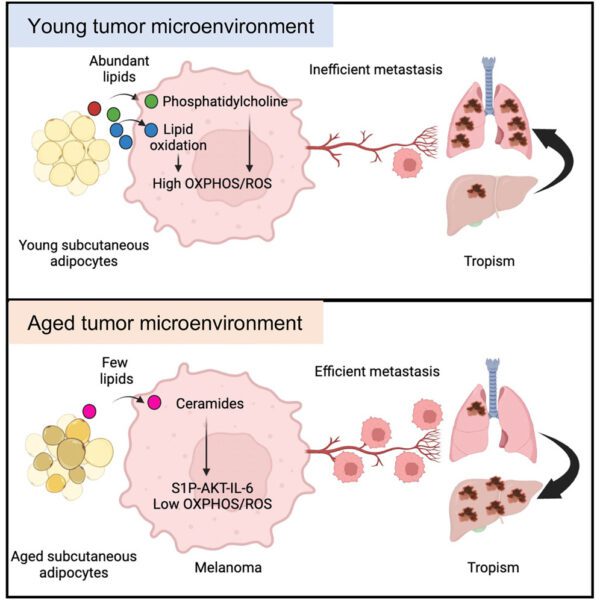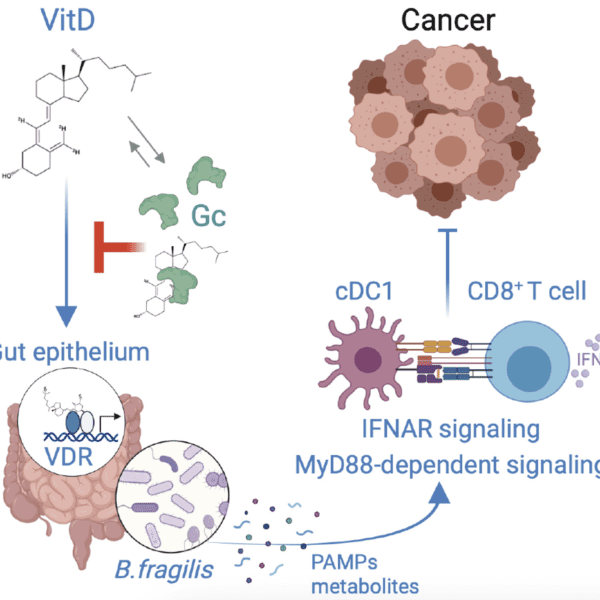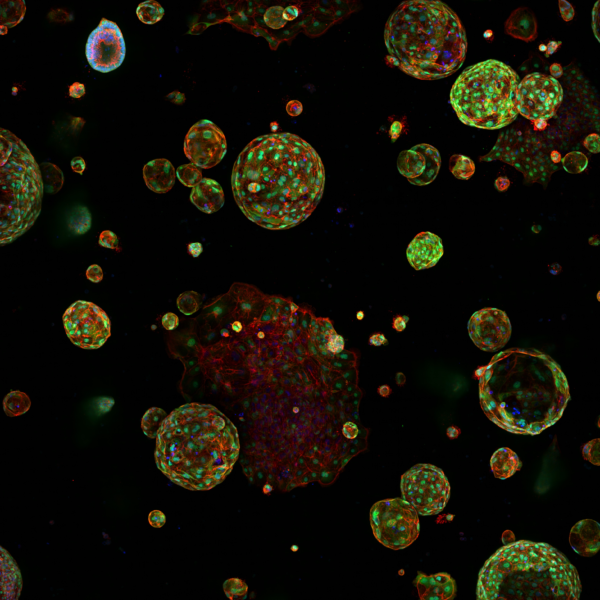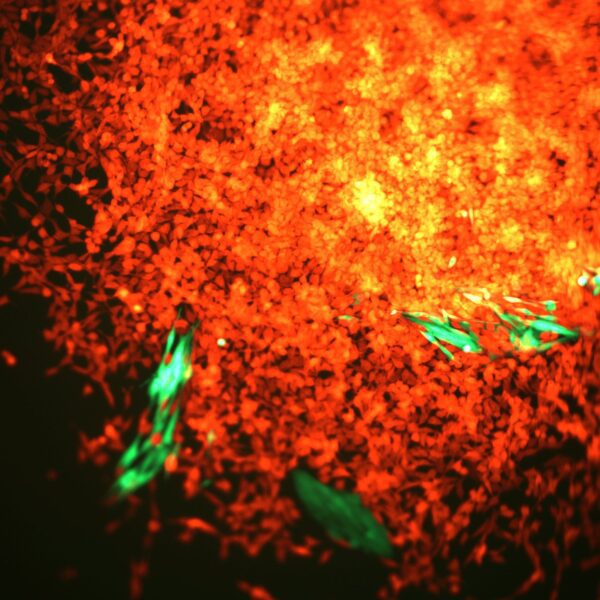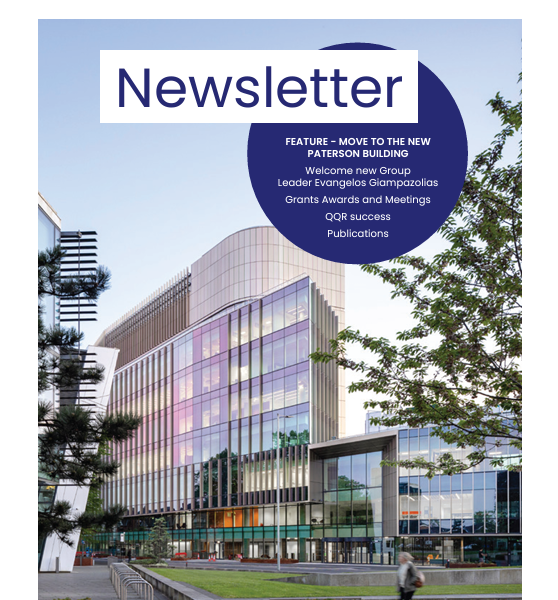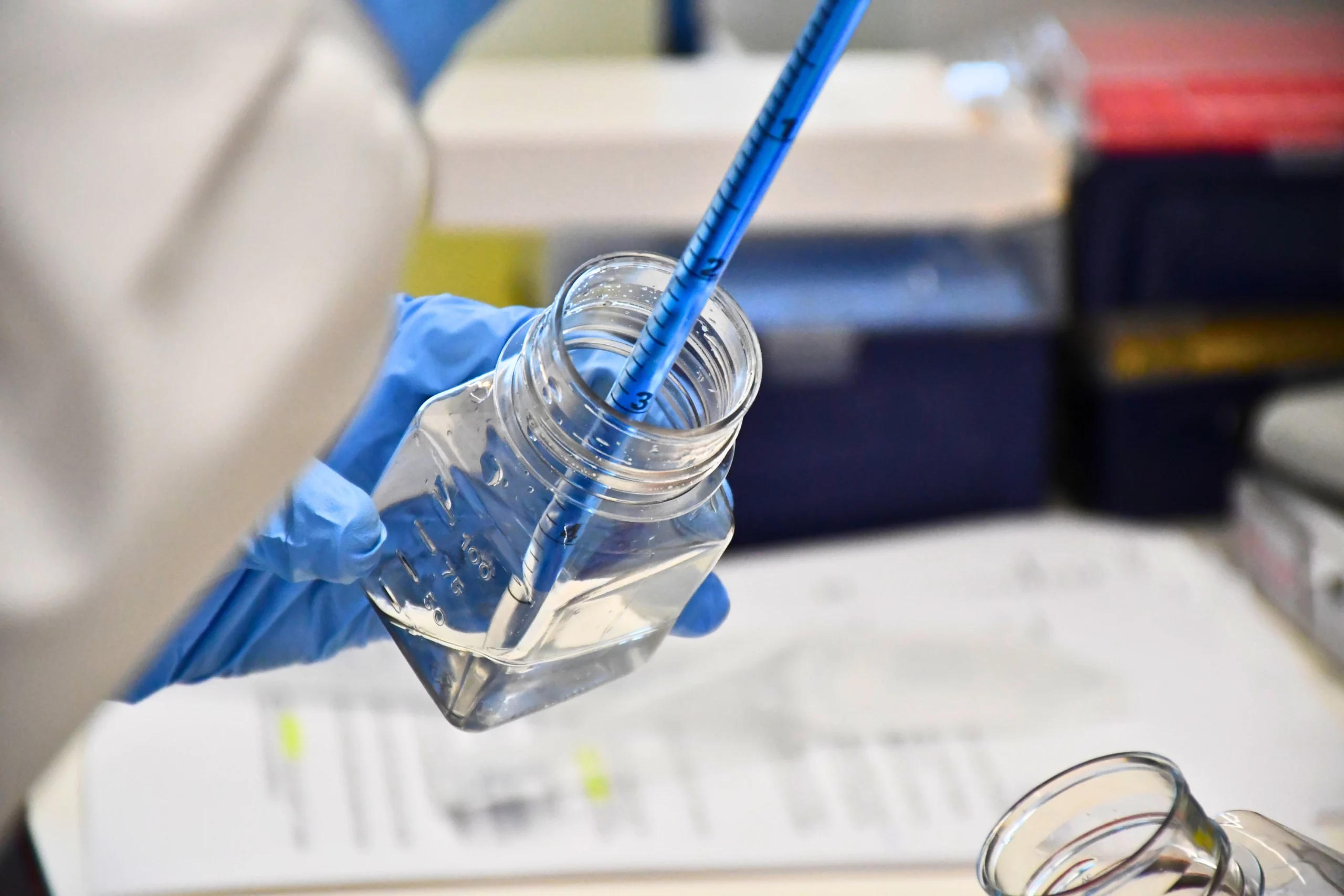Article highlights & insights
Allogeneic stem-cell transplant allows for the delivery of curative graft-versus-leukemia (GVL) in patients with acute myeloid leukemia/myelodysplasia (AML/MDS). Surveillance of T-cell chimerism, measurable residual disease (MRD) and blast HLA-DR expression may inform whether GVL effectiveness is reduced.
Loke et al report here the prognostic impact of these biomarkers in patients allografted for AML/MDS. One hundred eighty-seven patients from FIGARO, a randomised trial of reduced-intensity conditioning regimens in AML/MDS, were alive and relapse-free at the first MRD time-point and provided monitoring samples for flow cytometric MRD and T-cell chimerism, requested to month+12. Twenty-nine (15.5%) patients had at least 1 MRD-positive result posttransplant. MRD-positivity was associated with reduced overall survival (OS) (hazard ratio [HR], 2.18; P = .0028) as a time-varying Cox variable and remained significant irrespective of pretransplant MRD status in multivariate analyses (P < .001).
Ninety-four patients had sequential MRD with T-cell chimerism results at months+3/+6. Patients with full donor T-cell chimerism (FDTC) had an improved OS as compared with patients with mixed donor T-cell chimerism (MDTC) (adjusted HR=0.4; P = .0019). In patients with MDTC (month+3 or +6), MRD-positivity was associated with a decreased 2-year OS (34.3%) vs MRD-negativity (71.4%) (P = .001). In contrast, in the group with FDTC, MRD was infrequent and did not affect the outcome. Among patients with posttransplant MRD-positivity, decreased HLA-DR expression on blasts significantly reduced OS, supporting this as a mechanism for GVL escape.
In conclusion, posttransplant MRD is an important predictor of the outcome in patients allografted for AML/MDS and is most informative when combined with T-cell chimerism results, underlining the importance of a GVL effect in AML/MDS.
Allogeneic stem-cell transplant allows for the delivery of curative graft-versus-leukemia (GVL) in patients with acute myeloid leukemia/myelodysplasia (AML/MDS). Surveillance of T-cell chimerism, measurable residual disease (MRD) and blast HLA-DR expression may inform whether GVL effectiveness is reduced.
Loke et al report here the prognostic impact of these biomarkers in patients allografted for AML/MDS. One hundred eighty-seven patients from FIGARO, a randomised trial of reduced-intensity conditioning regimens in AML/MDS, were alive and relapse-free at the first MRD time-point and provided monitoring samples for flow cytometric MRD and T-cell chimerism, requested to month+12. Twenty-nine (15.5%) patients had at least 1 MRD-positive result posttransplant. MRD-positivity was associated with reduced overall survival (OS) (hazard ratio [HR], 2.18; P = .0028) as a time-varying Cox variable and remained significant irrespective of pretransplant MRD status in multivariate analyses (P < .001).
Ninety-four patients had sequential MRD with T-cell chimerism results at months+3/+6. Patients with full donor T-cell chimerism (FDTC) had an improved OS as compared with patients with mixed donor T-cell chimerism (MDTC) (adjusted HR=0.4; P = .0019). In patients with MDTC (month+3 or +6), MRD-positivity was associated with a decreased 2-year OS (34.3%) vs MRD-negativity (71.4%) (P = .001). In contrast, in the group with FDTC, MRD was infrequent and did not affect the outcome. Among patients with posttransplant MRD-positivity, decreased HLA-DR expression on blasts significantly reduced OS, supporting this as a mechanism for GVL escape.
In conclusion, posttransplant MRD is an important predictor of the outcome in patients allografted for AML/MDS and is most informative when combined with T-cell chimerism results, underlining the importance of a GVL effect in AML/MDS.
Groups
Group leader
Research topics & keywords
Our Research
Our research spans the whole spectrum of cancer research from cell biology through to translational and clinical studies
Research Groups
Our research groups study many fundamental questions of cancer biology and treatment
Our Facilities
The Institute has outstanding core facilities that offer cutting edge instruments and tailored services from expert staff
Latest News & Updates
Find out all our latest news
